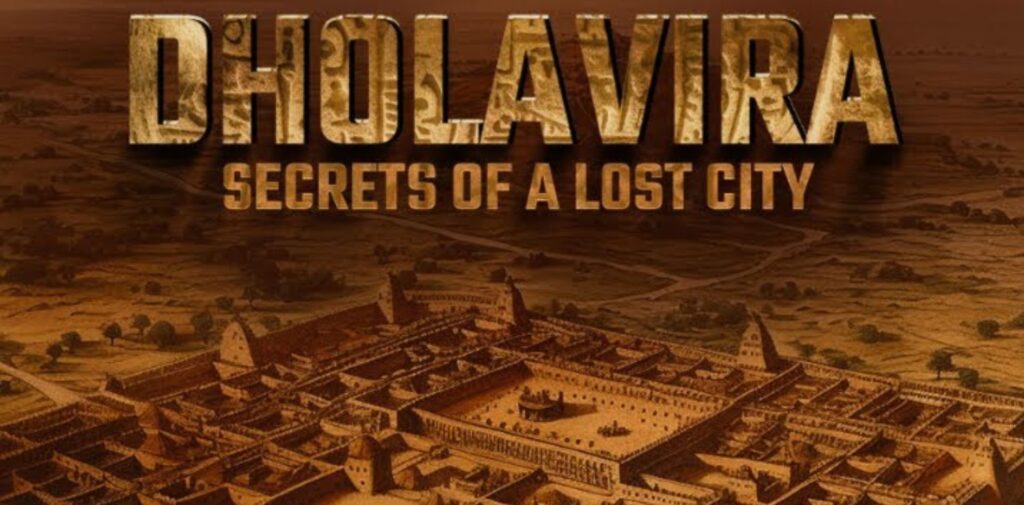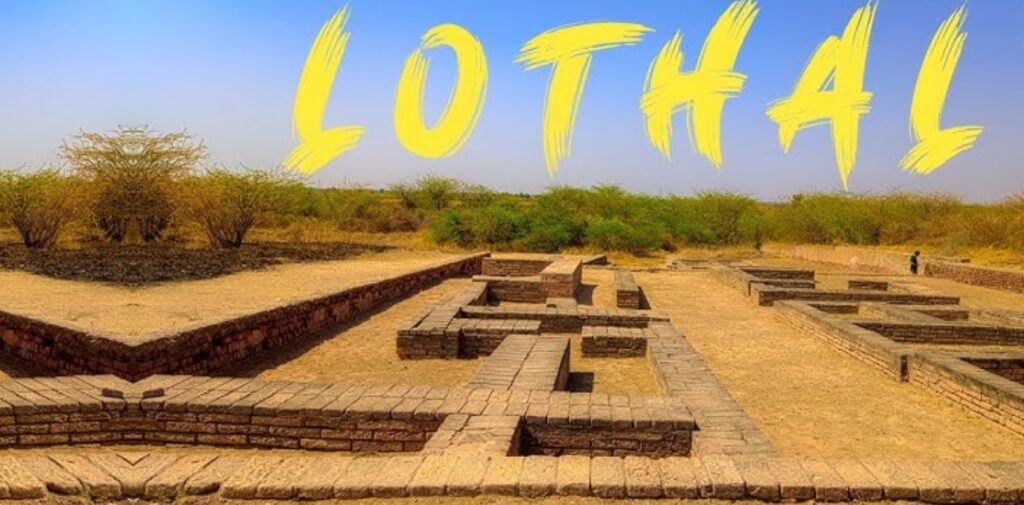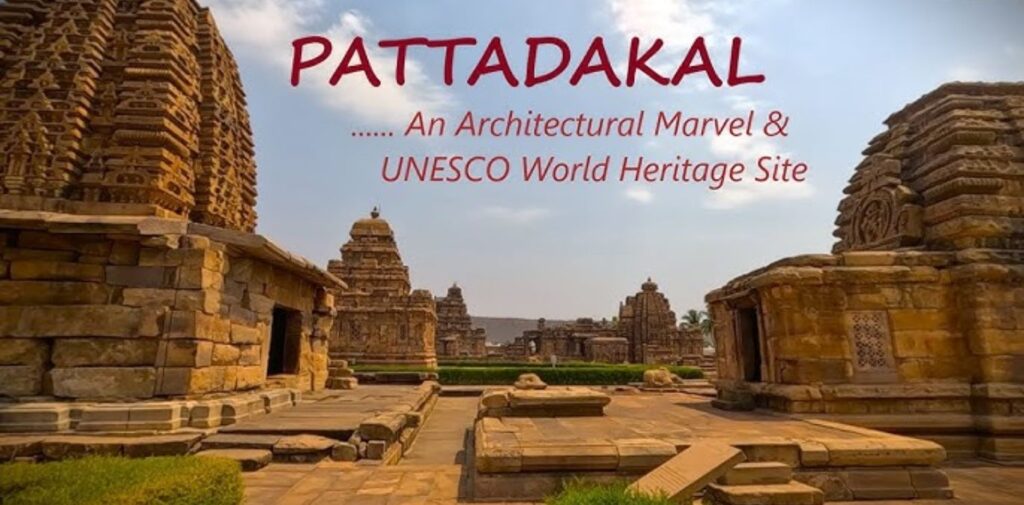India is a land rich in history, culture, and ancient civilizations. Among its many treasures lie the lost cities—fascinating archaeological sites that tell the stories of a bygone era. From the bustling streets of the Indus Valley Civilization to the sacred shores of Dwarka, these cities offer a glimpse into the architectural brilliance, trade networks, and lifestyles of our ancestors. Join us as we explore some of the most remarkable lost cities of India and the mysteries that surround them.
Dholavira: A Gem of the Indus Valley Civilization
Located in the arid landscapes of Gujarat, Dholavira is one of the most significant archaeological sites from the Indus Valley Civilization, dating back to 4500 years ago. Discovered in 1990, it is renowned for its sophisticated urban planning and water conservation systems. The city was strategically built on a rocky outcrop, showcasing advanced engineering skills that enabled the residents to thrive in a challenging environment.

Key Features
Dholavira boasts a series of well-planned streets, a robust drainage system, and impressive water reservoirs, all of which demonstrate the city’s advanced knowledge of architecture and civil engineering. Archaeologists have also found inscriptions made of white stone, indicating a script that remains undeciphered, adding an air of mystery to this ancient city.
The city was likely a center for trade, connecting various regions of the ancient world. The extensive remains of the citadel, residential areas, and public buildings reveal a society that was highly organized and prosperous. Today, Dholavira is a UNESCO World Heritage Site, recognized for its exceptional archaeological value.
Lothal: The Ancient Port City
Another jewel of the Indus Valley Civilization, Lothal, was discovered in 1954 and is located near the Gulf of Khambhat in Gujarat. This ancient city was one of the world’s earliest known ports and played a crucial role in maritime trade.

Discoveries at Lothal
Lothal’s layout features a well-planned dockyard, warehouses, and residential buildings. The dockyard, which is one of the oldest in the world, was a hub for trade with distant civilizations, including Mesopotamia. Excavations have uncovered a variety of artifacts, including pottery, beads, and seals, showcasing the craftsmanship of its inhabitants.
The city is believed to have been abandoned due to changing river patterns and frequent flooding. Despite its destruction, Lothal’s ruins offer valuable insights into trade practices and urban planning in ancient India.
Muziris: The Lost Port of Kerala
Muziris, once a flourishing port city in Kerala, was a key trading center that connected the Roman Empire with the east. Though it was lost to history for centuries, archaeological excavations have revealed a treasure trove of artifacts, illuminating the city’s rich past.
The Archaeological Significance
Artifacts from Egypt, Rome, and West Asia have been unearthed at Muziris, indicating its prominence in international trade. Spices, silk, and other goods were exchanged here, making it a melting pot of cultures. The discovery of ancient structures, coins, and pottery suggests a highly developed society engaged in commerce.
Muziris’s legacy continues to captivate researchers and historians, who are piecing together its history through ongoing excavations and studies. The mystery of its sudden decline adds to the allure of this ancient port city.
Dwarka: The Legendary City of Lord Krishna
According to Hindu mythology, Dwarka is believed to be the city founded by Lord Krishna. Located on the western coast of Gujarat, it is both a sacred site and a fascinating archaeological wonder.

The Search for Dwarka
In recent years, underwater excavations have revealed the remnants of structures that some believe to be part of the ancient city described in the Mahabharata. Artifacts such as pottery, beads, and coins have been recovered, providing evidence of a prosperous urban center.
The submerged ruins, combined with local legends, fuel debates among historians and archaeologists about the city’s existence and its connection to mythological narratives. As researchers continue to explore these underwater sites, the mystery of Dwarka remains a subject of great interest.
Hampi: The Ruins of a Once-Great Empire
Hampi, located in Karnataka, was the capital of the Vijayanagara Empire and is now a UNESCO World Heritage Site. The city flourished in the 14th century and was known for its stunning architecture and vibrant culture.
The Grandeur of Hampi
Hampi is famous for its impressive temples, palaces, and market streets. The intricate carvings and monumental structures showcase the architectural brilliance of the Vijayanagara period. Key sites include the Virupaksha Temple and the Vittala Temple, each adorned with exquisite sculptures and elaborate designs.
Despite its grandeur, Hampi faced destruction in the 16th century during a battle, leading to its decline. Today, the ruins stand as a testament to the city’s former glory, attracting tourists and history enthusiasts from around the world.
Sanchi: The Forgotten Stupa
Sanchi, located in Madhya Pradesh, is home to some of the oldest stone structures in India, including stupas, monasteries, and temples. Rediscovered in 1818, it had been lost to the sands of time for nearly 600 years.

The Importance of Sanchi
The Great Stupa at Sanchi is a monumental example of Buddhist architecture. It is adorned with intricate carvings that depict scenes from the life of Buddha and various Jataka tales. Sanchi played a vital role in the spread of Buddhism, serving as a pilgrimage site for devotees.
The site’s historical significance and architectural beauty earned it a UNESCO World Heritage designation. Today, Sanchi stands as a symbol of India’s rich spiritual heritage.
Pattadakal: The Architectural Marvel
Pattadakal, another UNESCO World Heritage Site in Karnataka, is famous for its stunning temples built in both Dravidian and Aryan styles. The city was the capital of the early Chalukyas and is a showcase of their architectural prowess.

Temples of Pattadakal
The temples of Pattadakal, such as the Virupaksha Temple and the Mallikarjuna Temple, exhibit a blend of architectural styles that influenced South Indian temple design. The intricate sculptures and detailed carvings tell stories of deities, mythological events, and daily life.
Pattadakal’s significance lies not only in its architecture but also in its historical context as a political and cultural center during the Chalukyan period. Today, it continues to be a site of pilgrimage and interest for historians.
Conclusion: Lost Cities of India
The lost cities of India are not just remnants of the past; they are gateways to understanding the complex tapestry of human civilization. Each city, from Dholavira to Hampi, reveals unique insights into ancient lifestyles, trade, and beliefs. The ongoing archaeological efforts and discoveries continue to shed light on these fascinating sites, helping us piece together the mysteries of our collective history.
As we explore these lost cities, we are reminded of the importance of preserving our heritage. The stories of our ancestors resonate through these ruins, urging us to cherish and protect the cultural treasures that define our identity. The allure of India’s lost cities will undoubtedly continue to inspire generations to come, inviting us to delve deeper into the mysteries of our past.




